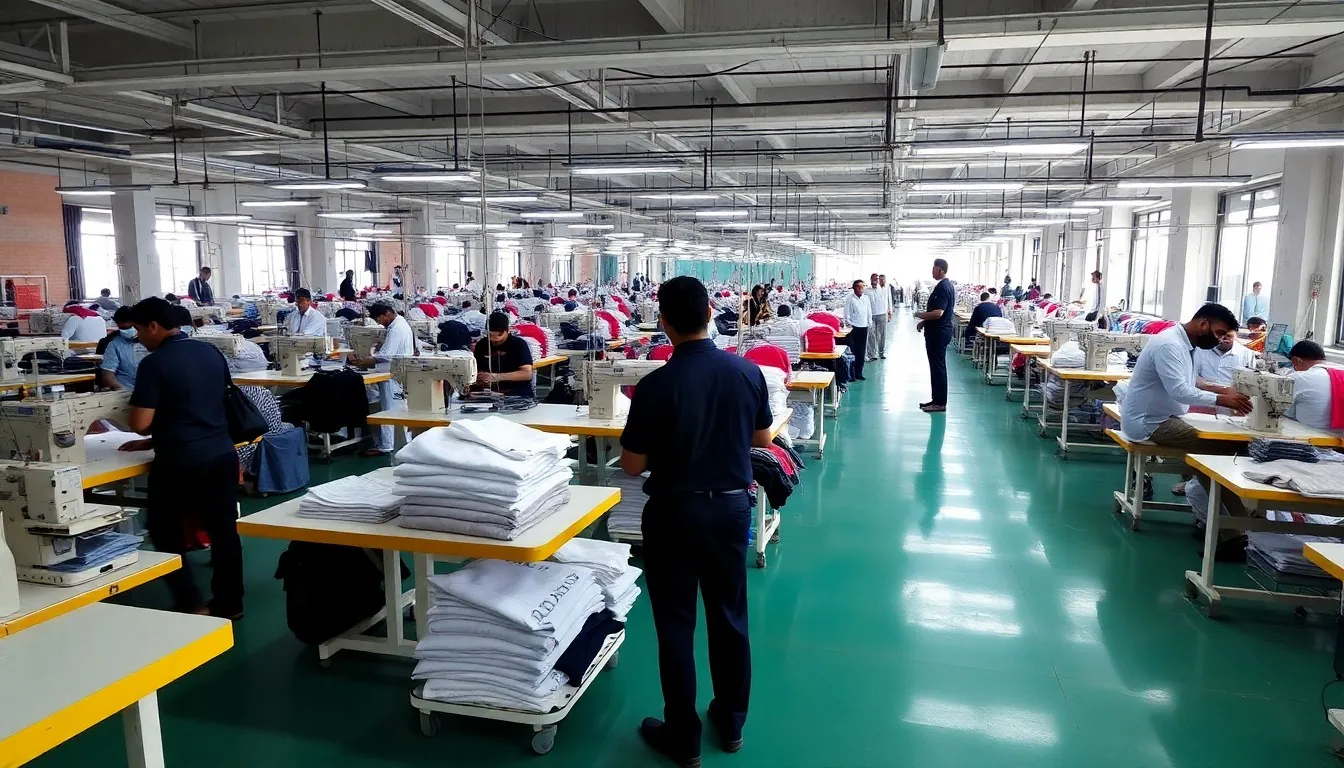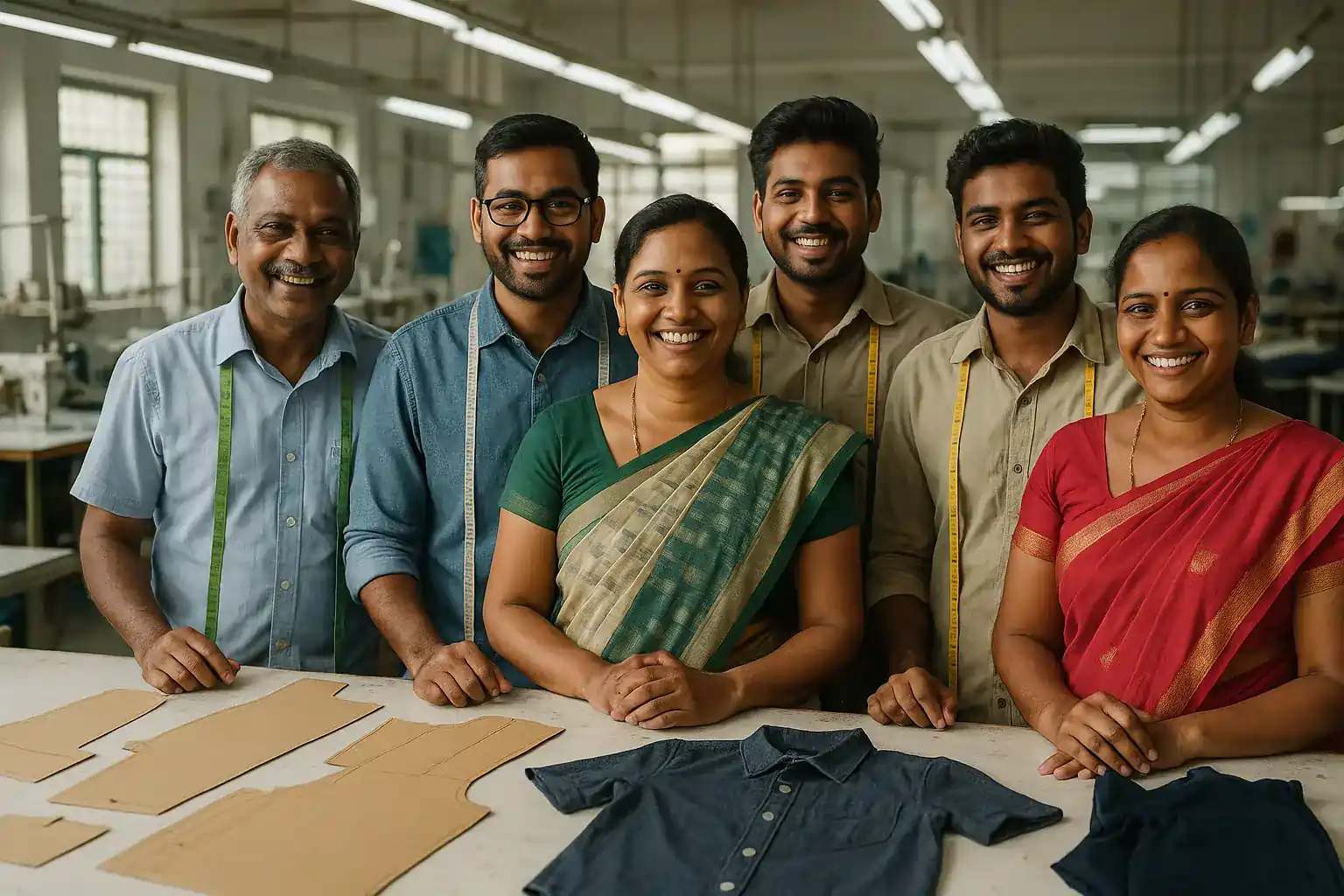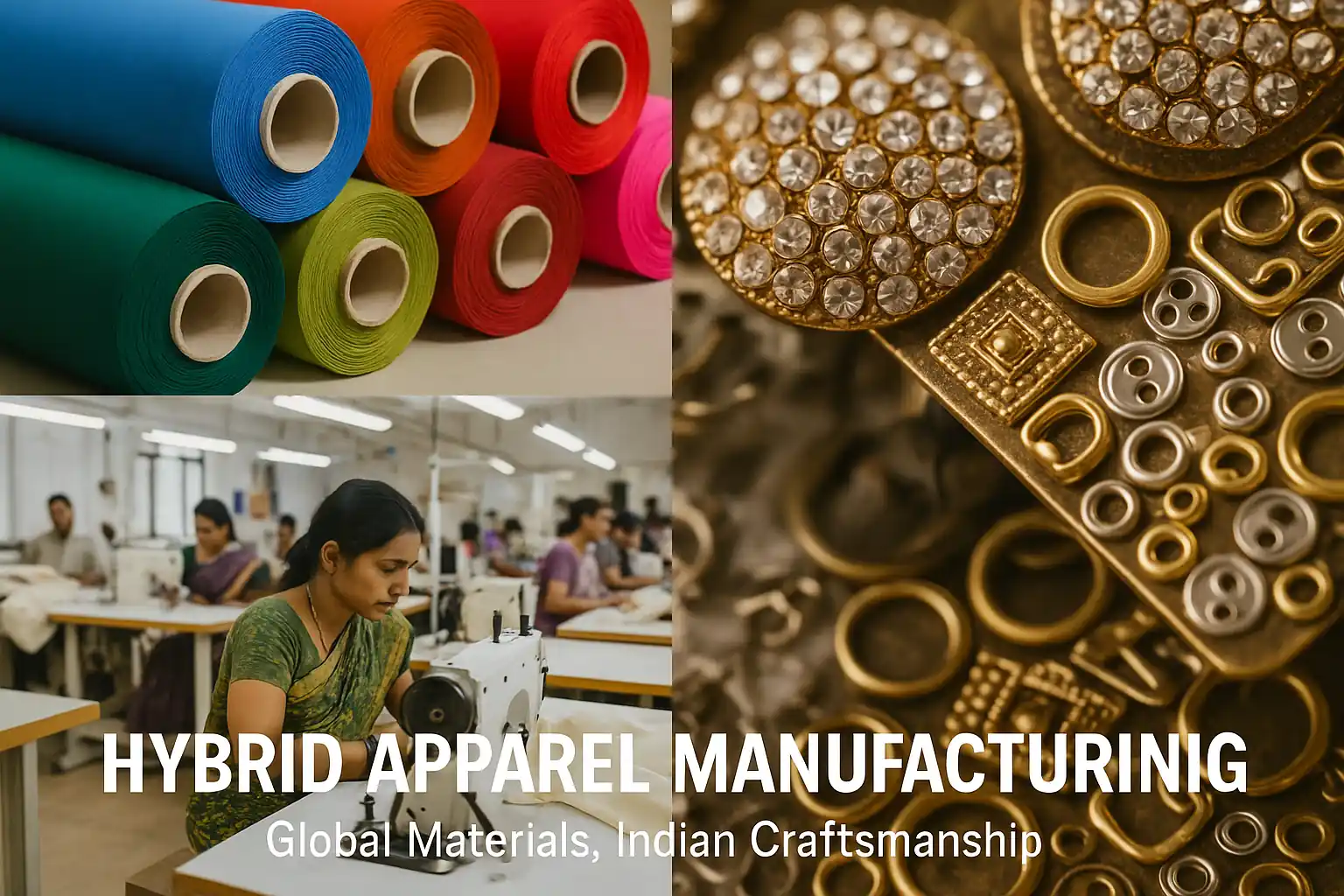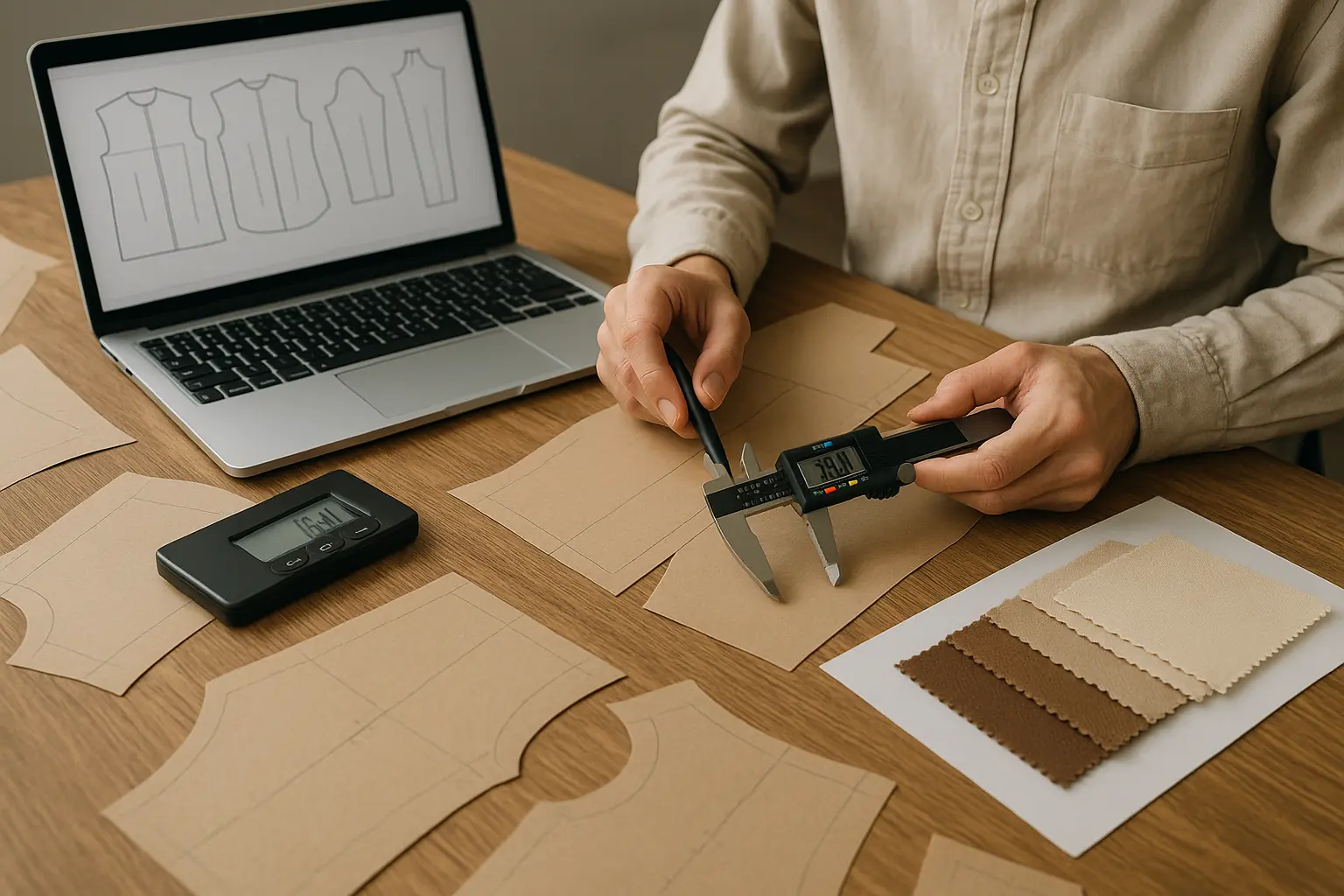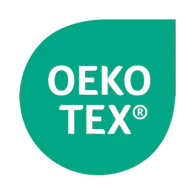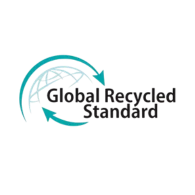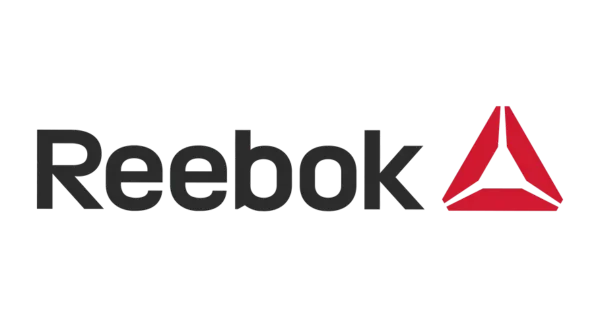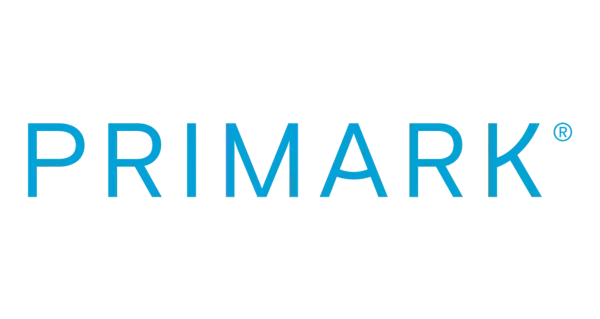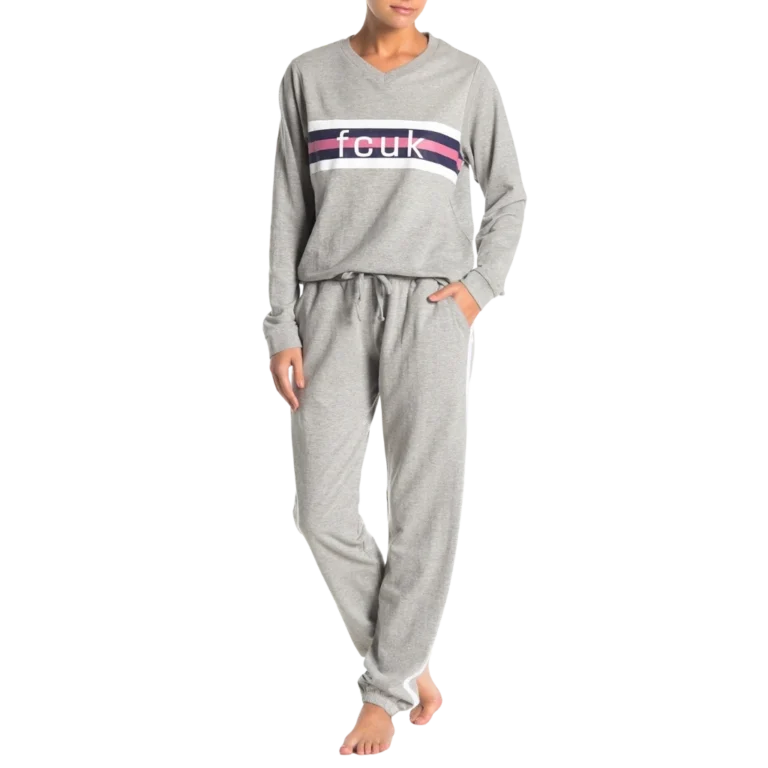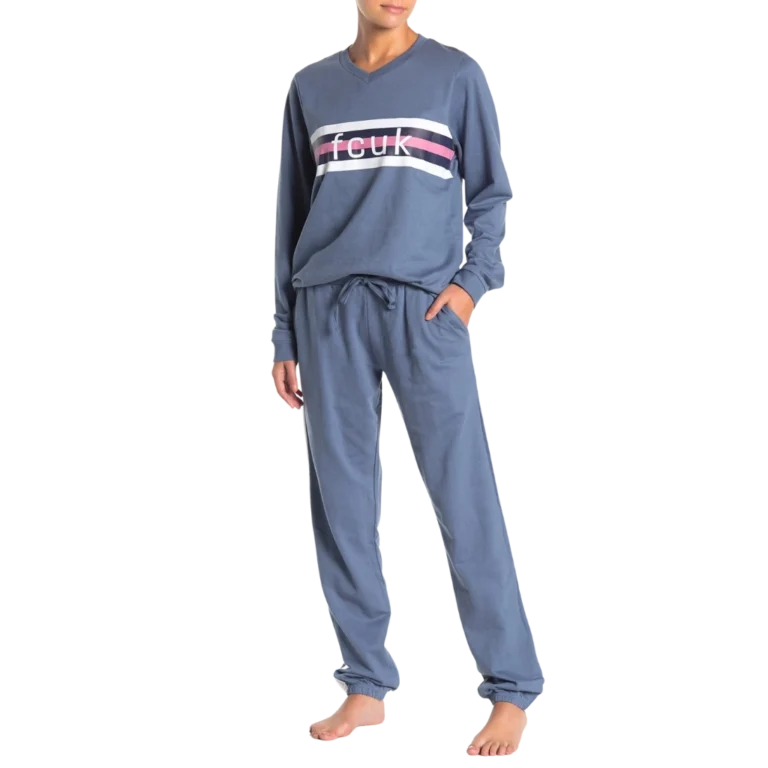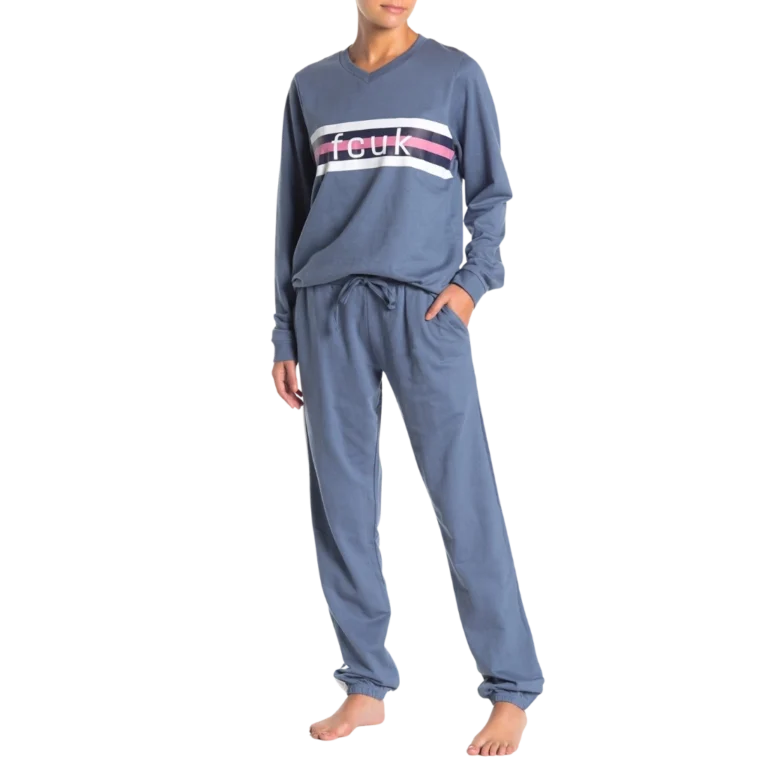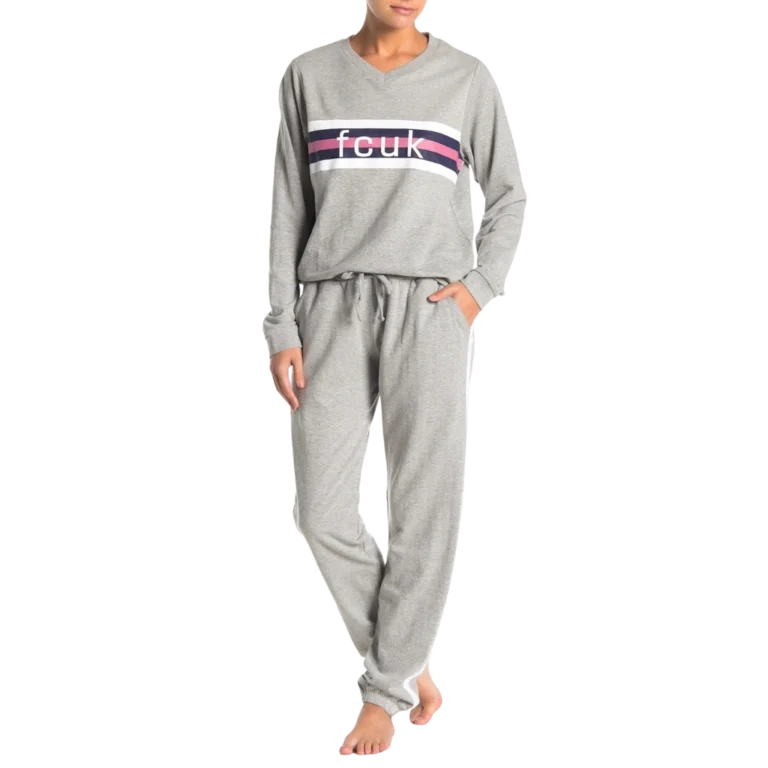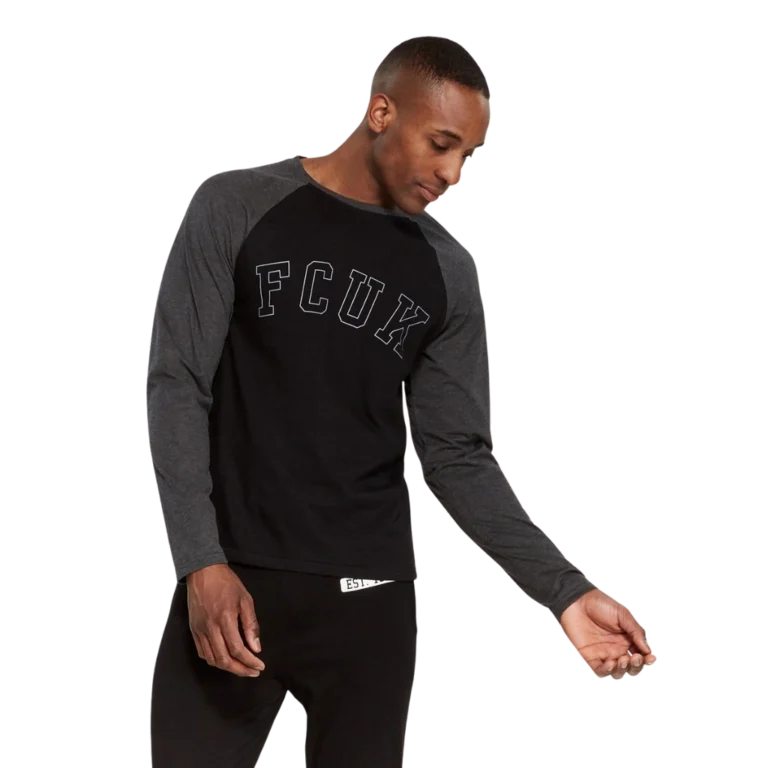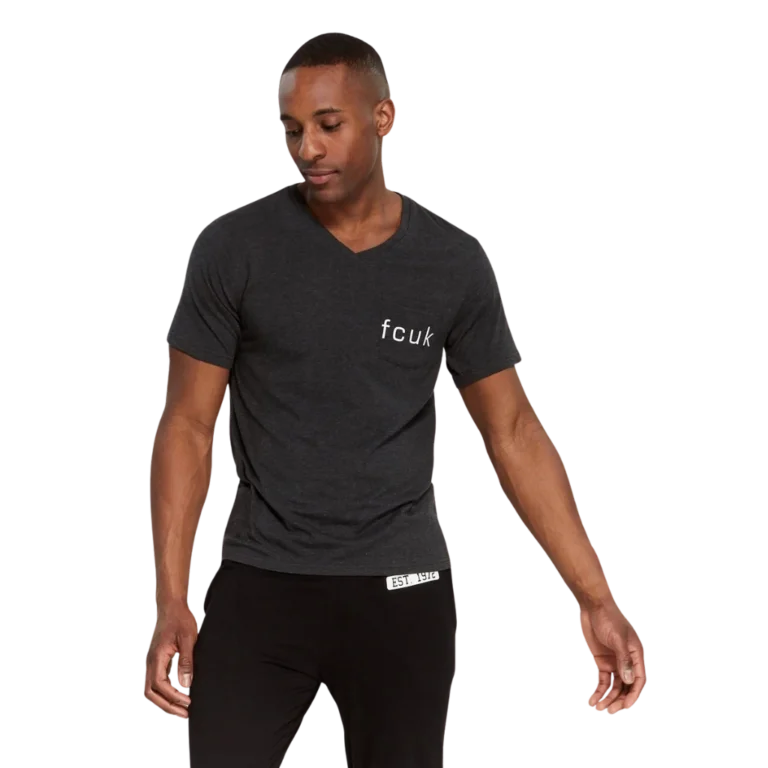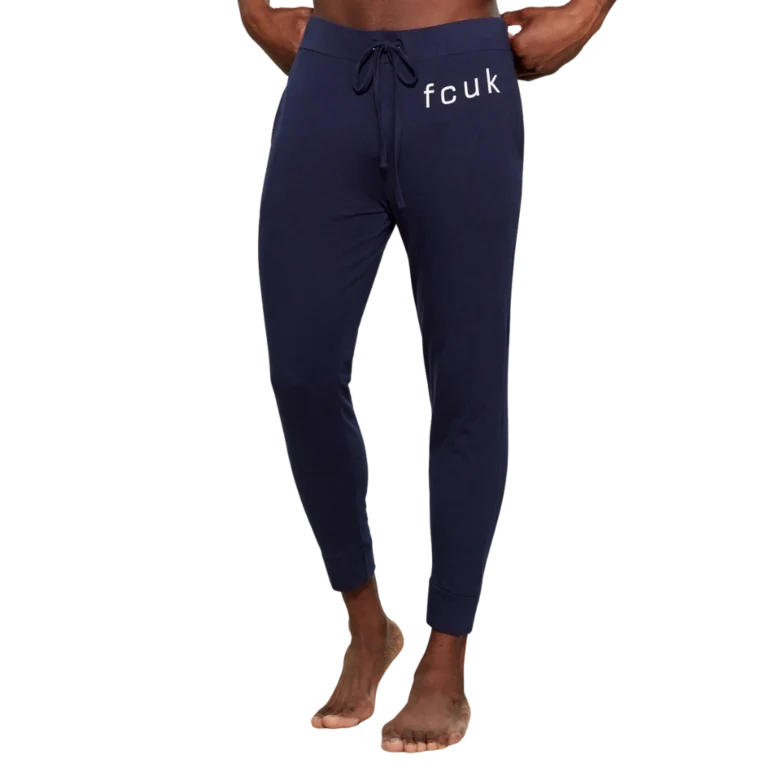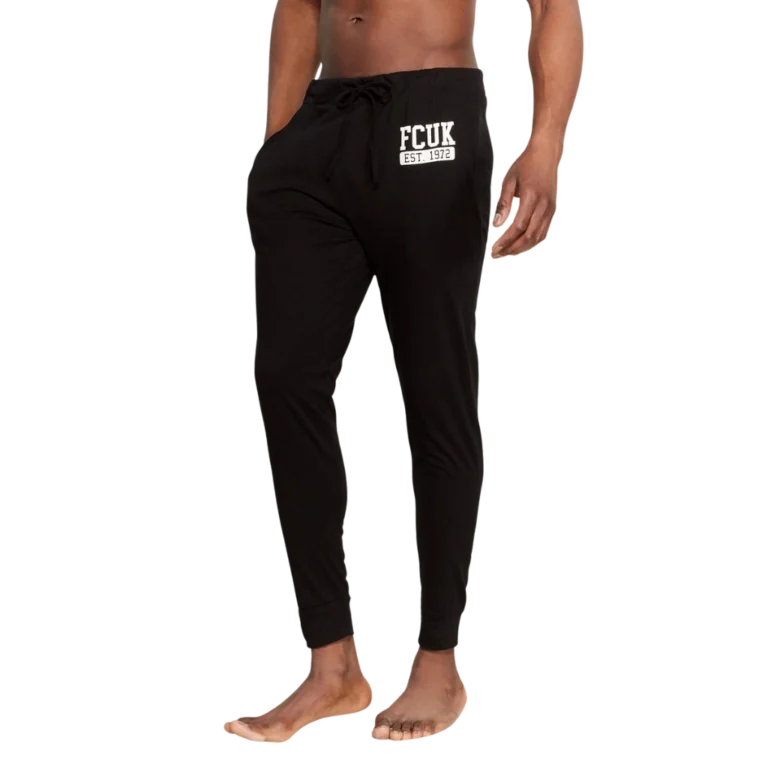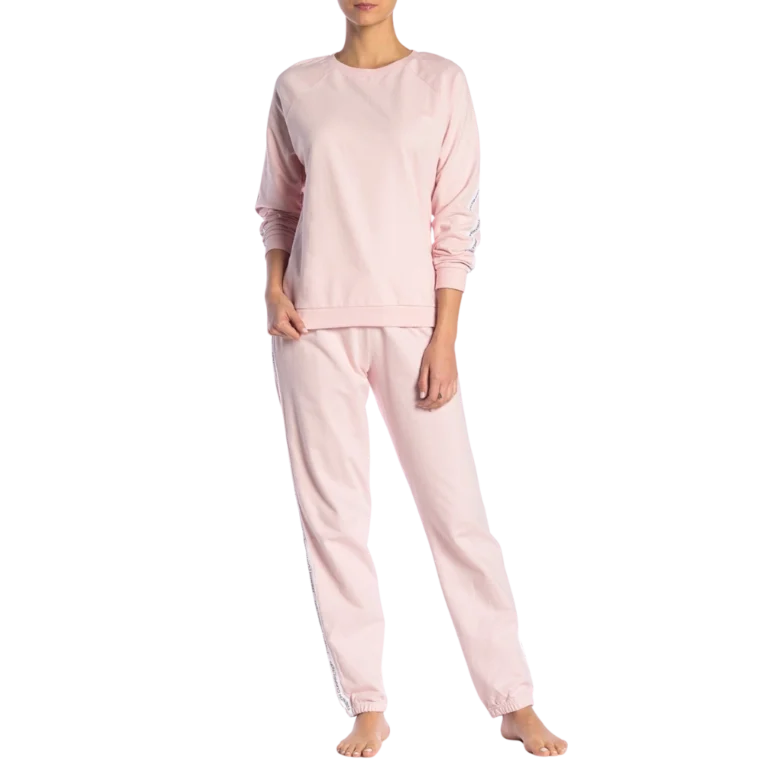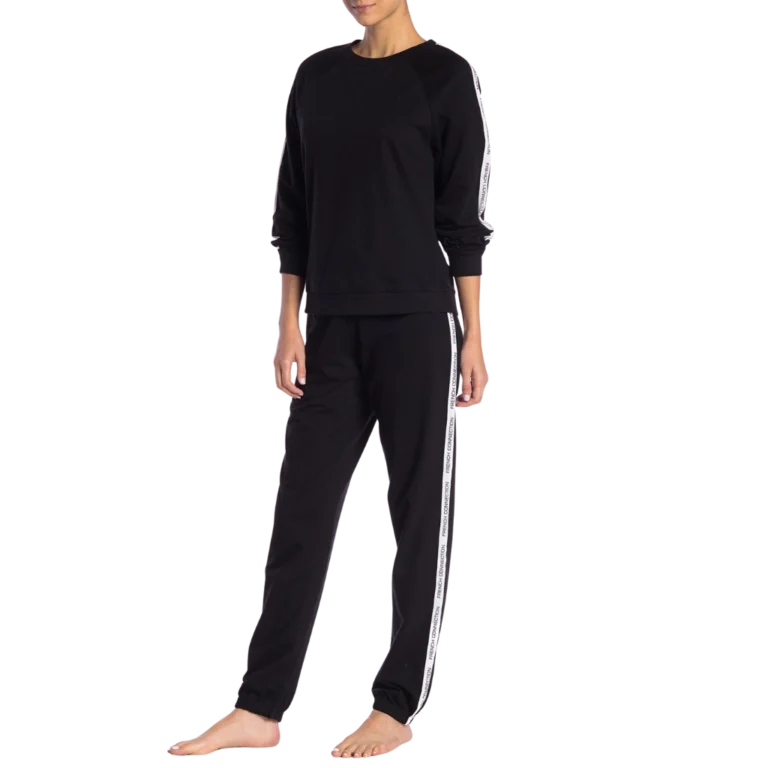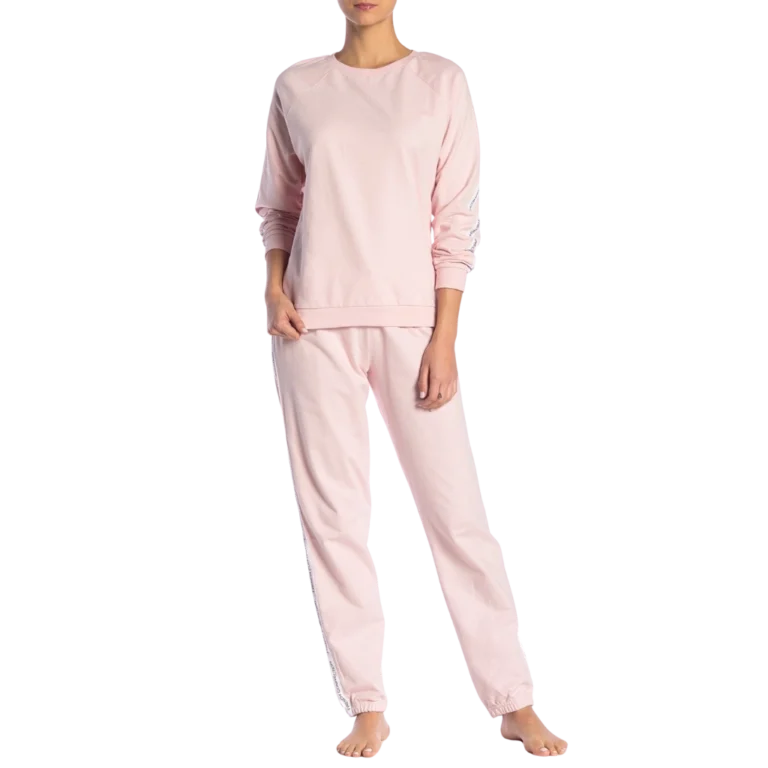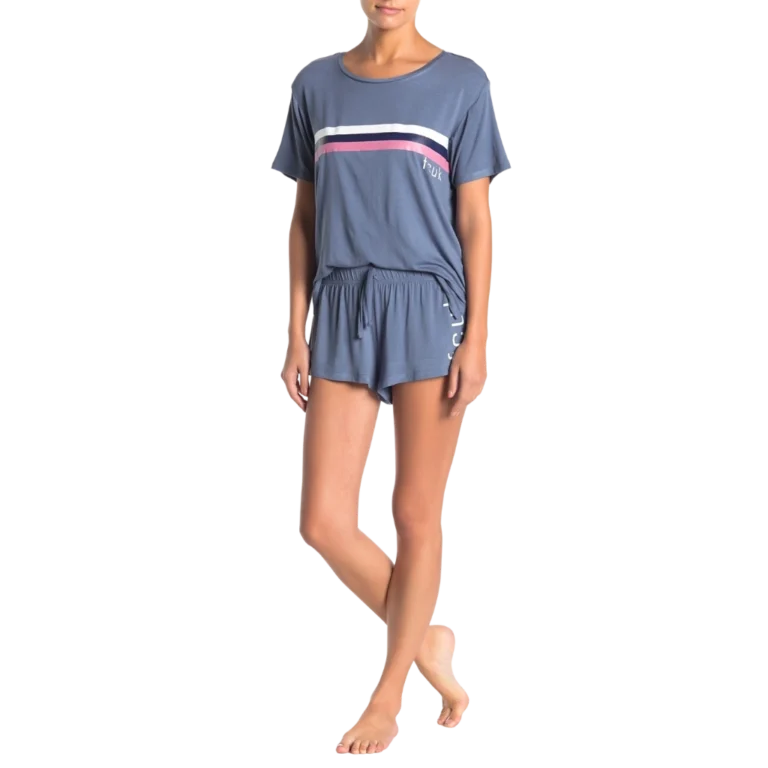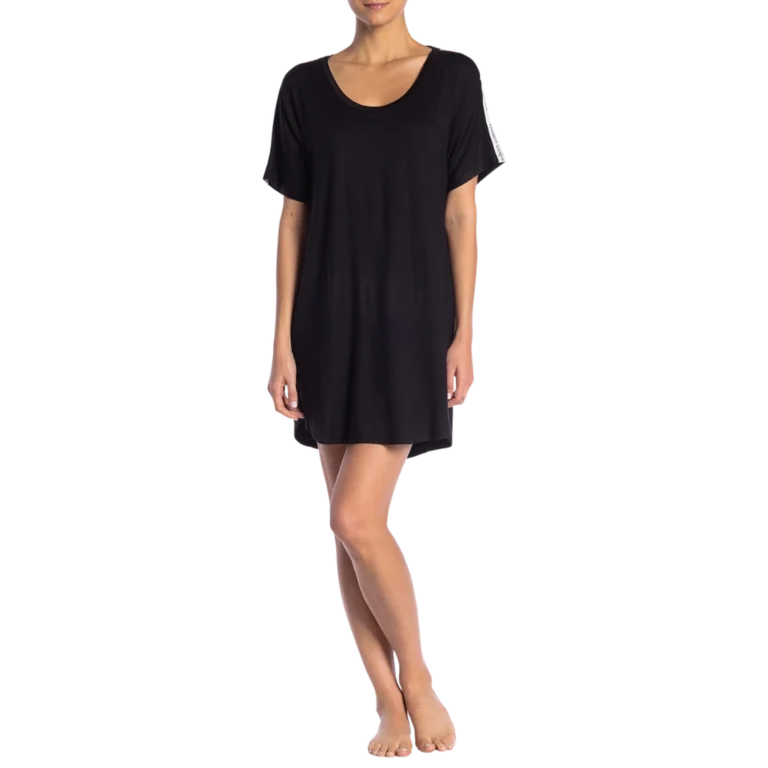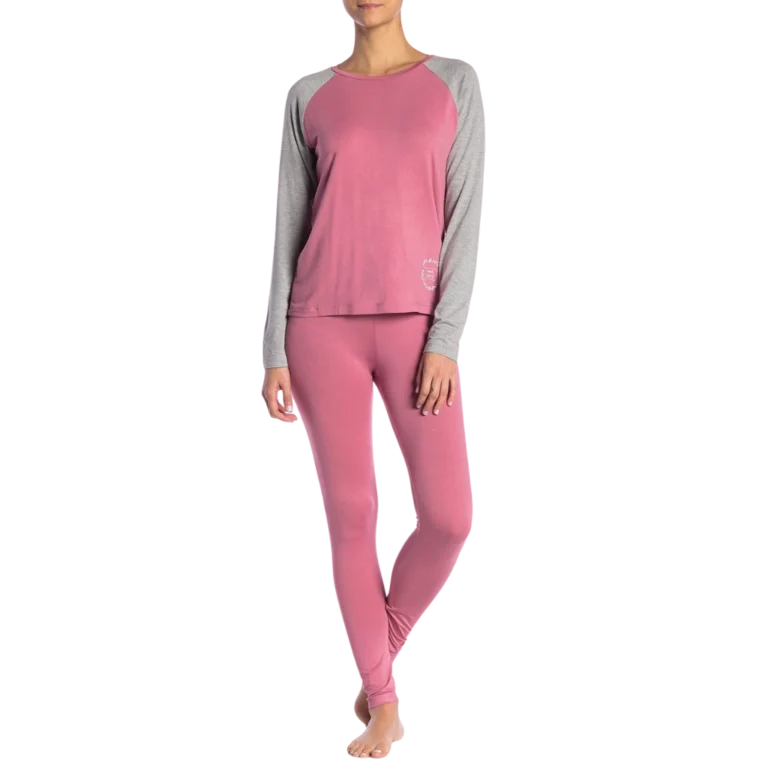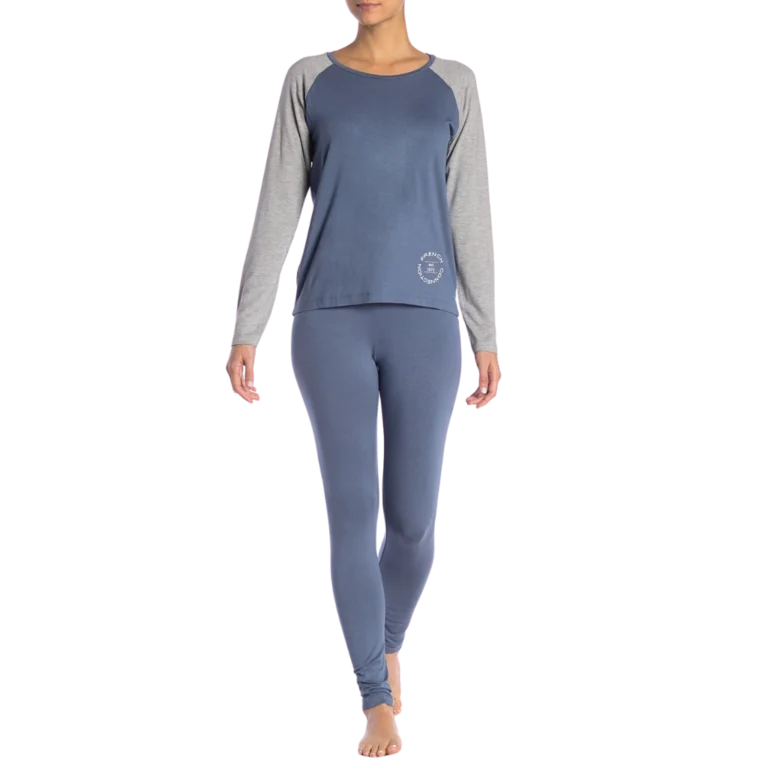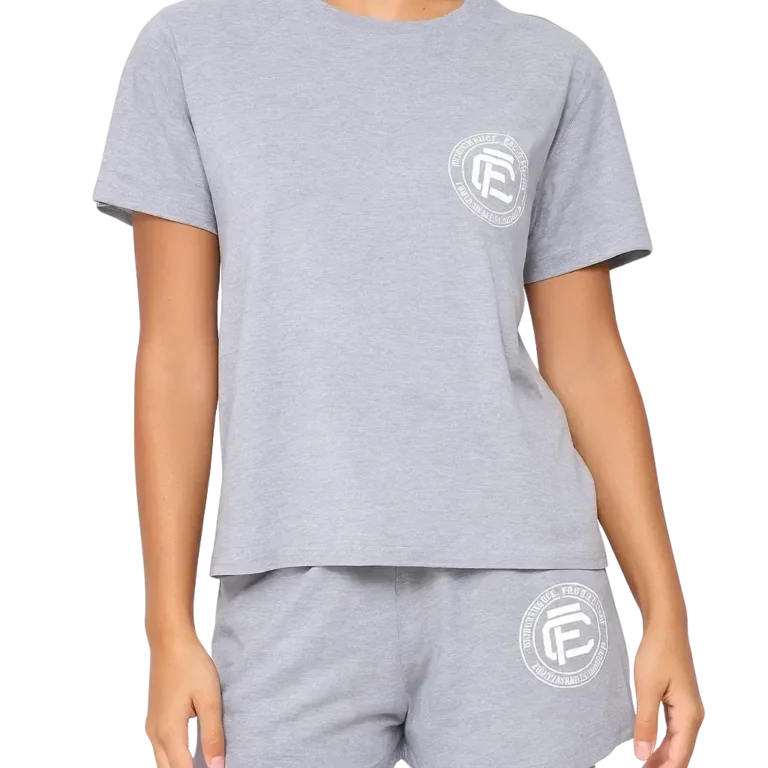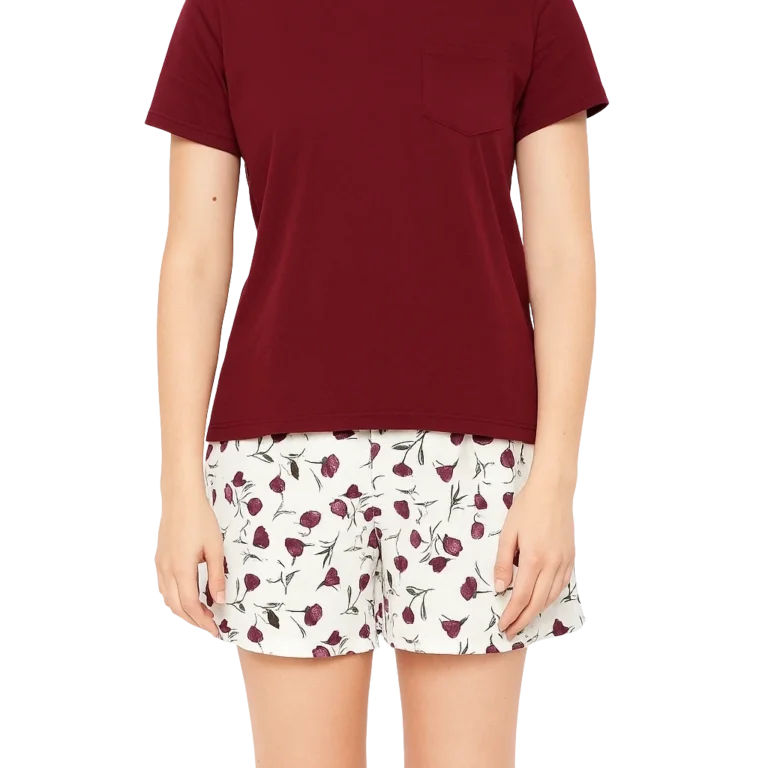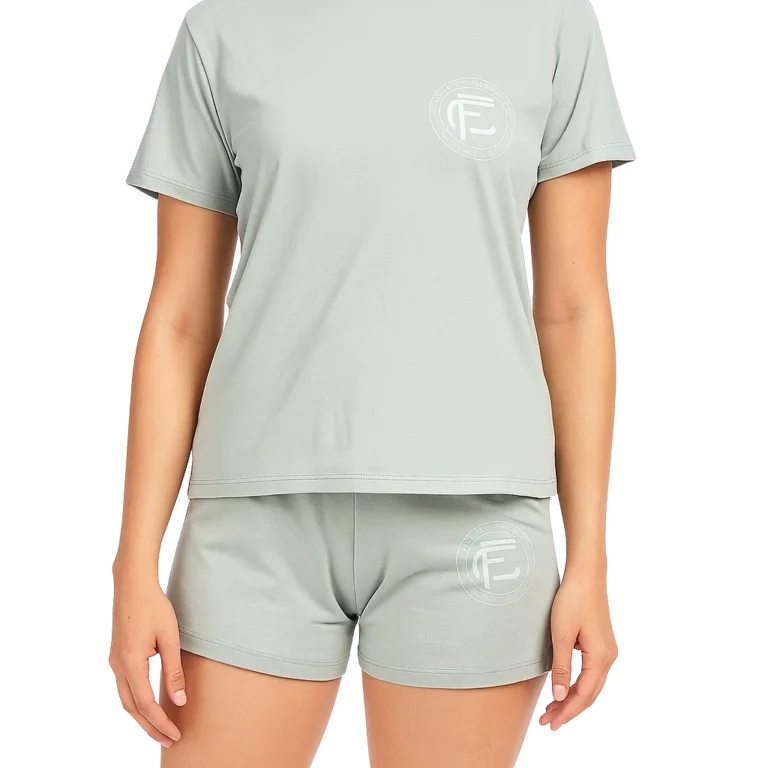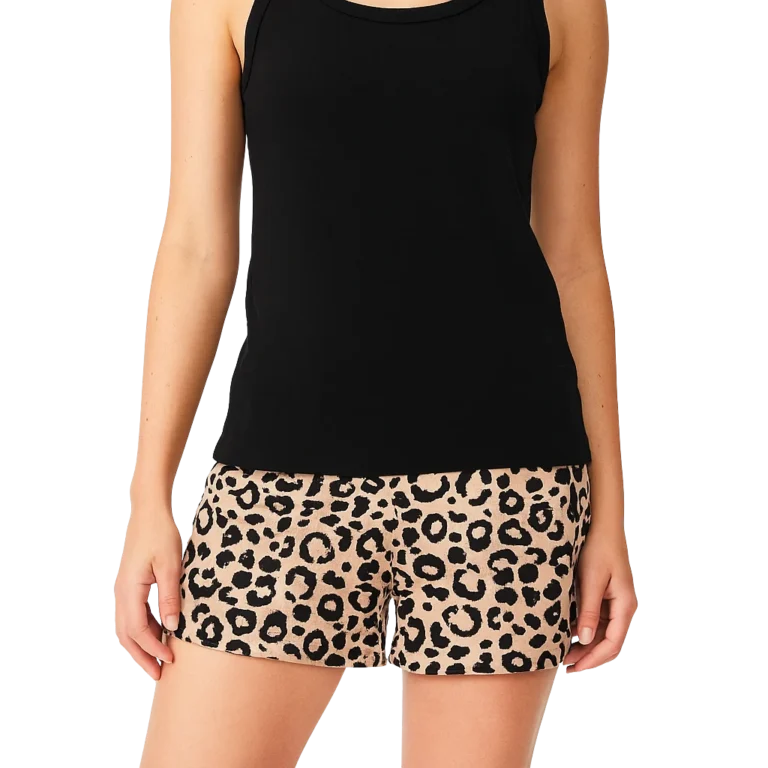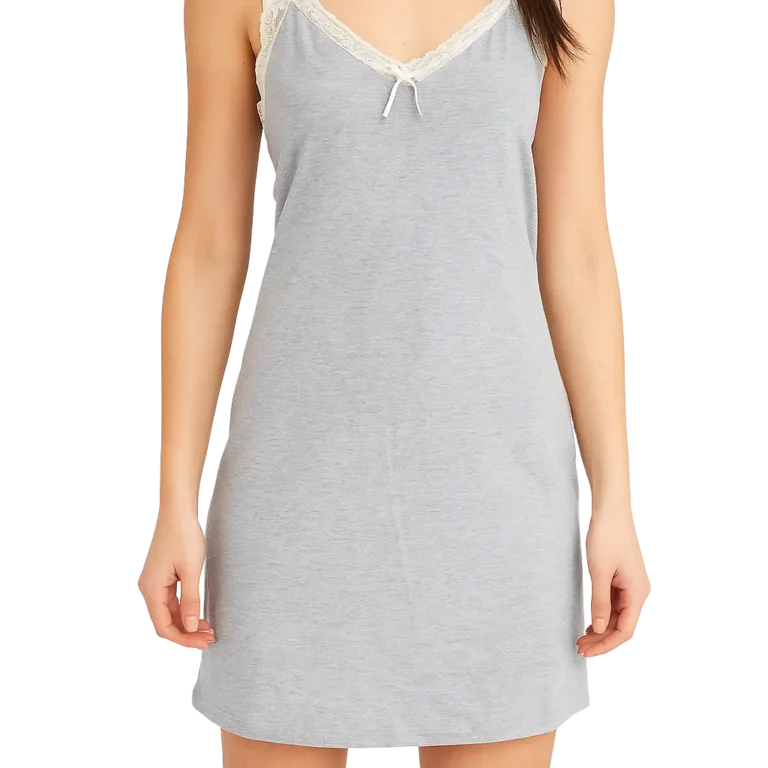Sourcing apparel from India without agents is no longer a complex process limited to large fashion corporations. With modern communication tools, transparent compliance frameworks, and easy access to certified suppliers, even small and mid-size fashion brands can now connect directly with Indian manufacturers – saving costs, improving quality control, and ensuring full visibility throughout the production cycle.
India’s Tiruppur knitwear hub alone exports over USD 3 billion worth of garments annually, making it a top global destination for brands looking to manufacture T-shirts, hoodies, sleepwear, loungewear, and kidswear with ethical and sustainable practices.
In this detailed guide, we’ll explain how to source apparel from India without agents, step-by-step – covering supplier discovery, sampling, quality control, and logistics.
Why Source Apparel from India
India’s apparel industry offers one of the most transparent, cost-efficient, and quality-focused sourcing ecosystems in the world. Here’s why:
Massive production capability – From Tiruppur (knitwear) and Ludhiana (sweaters) to Noida (woven wear) and Jaipur (handcrafted textiles).
Certified factories – Many Indian suppliers hold WRAP, SA8000, BSCI, SEDEX, OEKO-TEX, and GOTS certifications.
Material diversity – Cotton, organic cotton, viscose, modal, bamboo, spandex, and recycled polyester blends are widely available.
Skilled workforce – Decades of experience in fashion manufacturing and finishing.
Export-ready infrastructure – Smooth shipping routes via Chennai and Tuticorin ports.
➡️ Related reading: UK Apparel Sourcing from India: A Complete A-Z Guide for Fashion Buyers
For global brands, India combines compliance, flexibility, and competitive pricing, making it the ideal destination for both startups and established labels.
🧩 Step-by-Step: How to Source Apparel Without Agents
Define Your Product & Target Market
Before contacting any manufacturer, outline your product category, target customer, and price positioning. Are you building a sustainable sleepwear brand, a private-label streetwear line, or children’s basics?
Each segment requires different GSM fabrics, construction methods, and finishing. Knowing these details helps manufacturers quote accurately and ensure the right production fit.
If your focus is knitted apparel, Tiruppur is the best place to start. It is known for T-shirts, joggers, shorts, hoodies, and nightwear manufacturing with scalable MOQs and quick sampling.
Research and Shortlist Certified Factories
You can discover verified Indian apparel manufacturers using several methods:
Government directories such as the Apparel Export Promotion Council (AEPC)
B2B platforms like Fibre2Fashion and TextileValueChain
LinkedIn and Google Maps to locate actual factory premises rather than agents
Trade fairs like Knit Show Tiruppur, Texfair Coimbatore, and Source India Mumbai
When shortlisting, always check for:
Factory audit or compliance certificate (e.g., BSCI or OEKO-TEX)
Minimum order quantity (MOQ) flexibility
Capability in your product type (knit vs woven)
Export experience and documentation support
💡 Pro Tip: Request a video/photo walkthrough of the production floor to verify authenticity.
Request Samples and Quotations
Once you have a shortlist of potential vendors, share your tech pack or detailed product brief including:
Fabric composition & GSM
Measurements
Print or embroidery artwork
Trims, packaging, and labeling requirements
Ask each vendor for:
Sample cost and lead time
Bulk price per piece (based on quantity brackets)
Payment terms and shipping options
A professional factory will break down costs transparently – fabric, trims, stitching, finishing, and packaging.
📦 Learn more: Private Label Clothing Manufacturer in India – Mirthuni

Communicate and Manage Production Directly
Managing quality without an agent requires structure and consistency. Use these steps:
Set up a WhatsApp or email group for communication with your factory manager.
Ask for weekly progress photos from cutting, stitching, and finishing lines.
Approve pre-production samples (PPS) before bulk production.
Keep written confirmation of color, trims, and packaging details.
At Mirthuni Apparel Sourcing Service, we provide this same direct transparency for international buyers – enabling you to control communication without middlemen while still benefiting from our on-ground QC and vendor management.
Quality Control and Inspection
One of the biggest roles of traditional agents was ensuring quality. Today, that can be managed digitally:
Hire a third-party inspection company like SGS, Intertek, or Bureau Veritas for pre-shipment checks.
Request inline inspection reports during stitching.
Use clear AQL (Acceptable Quality Limit) standards for consistency.
Checklist before shipment:
Size set approval
Color shade confirmation
Stitching and labeling consistency
Packaging and carton marking verification
🔍 Tip: Mirthuni’s internal team conducts inline and final inspections at certified Tiruppur factories for our partner brands, sharing photos and QC reports.
Logistics and Documentation
India’s garment export system is designed for efficiency. Most factories offer FOB (Free on Board) from Chennai or Tuticorin ports. For brands that prefer delivered options, CIF or CFR terms are also available.
Ensure your vendor provides:
Commercial Invoice & Packing List
Certificate of Origin or REX statement (for EU buyers)
Test reports if applicable (e.g., colorfastness or FR compliance)
Shipping partners such as DHL, Maersk, and MSC have dedicated garment export desks that simplify customs clearance.
📦 Further reading: US-Compliant Apparel Sourcing: Why Indian Manufacturers Make the Cut
Use Digital Tools for Direct Sourcing
Eliminating middle agents doesn’t mean sacrificing coordination. Use these tools to stay connected:
Google Drive / Notion for tech packs and approvals
Zoom / WhatsApp for real-time video updates
Trello / Monday.com for production timelines
Freightos to compare shipping rates instantly
These platforms enable full visibility from order confirmation to dispatch – even if you’re thousands of miles away.
When to Work with a Local Partner (Without Using an Agent)
Even though direct sourcing works well, some brands still prefer a local partner who acts as an extension of their brand, not as a commission-based agent.
This hybrid approach offers:
Verified factory network
In-person quality control
Compliance handling
Communication and documentation support
That’s exactly the role Mirthuni Apparel Sourcing Service plays for international buyers — giving you direct factory access with complete transparency, without inflating prices or hiding supplier identities.
📩 Start sourcing directly: Contact Mirthuni Apparel Sourcing Service
Useful External References
Apparel Export Promotion Council (AEPC) – Official Indian apparel export authority
Textile Value Chain – Industry publication and supplier listings
India Brand Equity Foundation (IBEF) – Latest statistics on India’s textile exports
Fibre2Fashion Directory – Verified textile and garment manufacturer listings
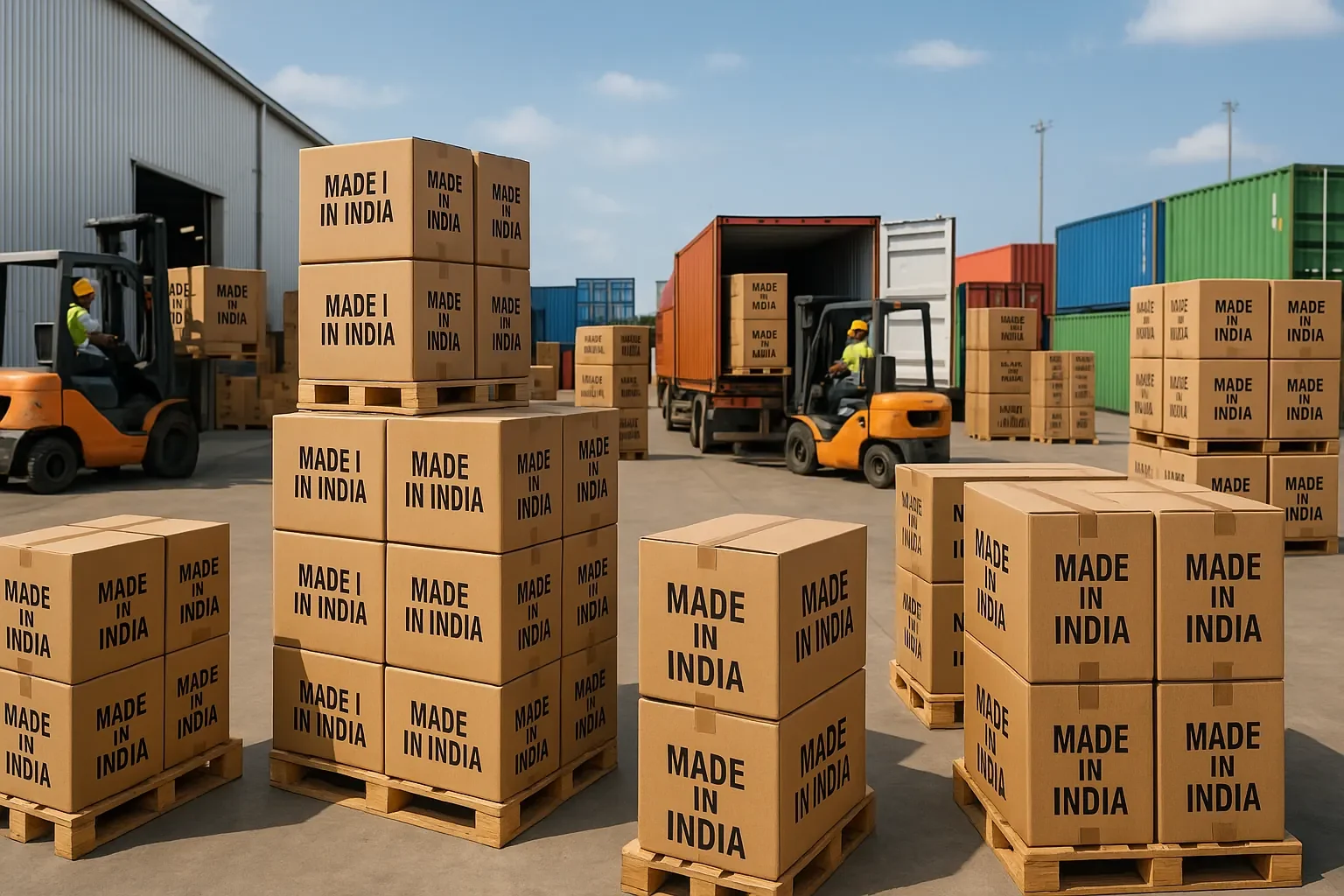
Conclusion
Sourcing apparel directly from India without agents gives your brand control, transparency, and cost savings.
When you work directly with certified factories, you can:
Customize styles freely
Ensure sustainable and ethical production
Maintain pricing power
Build long-term relationships
India’s manufacturing ecosystem – especially hubs like Tiruppur – is built to support both emerging fashion labels and global retailers. With the right guidance and digital systems, you can establish your own sourcing channel confidently, without relying on intermediaries.
At Mirthuni Apparel Sourcing, we help you take that first step. From sampling to shipment, we connect you directly with the right factories, coordinate production, and maintain transparency at every stage – exactly how sourcing should be.

